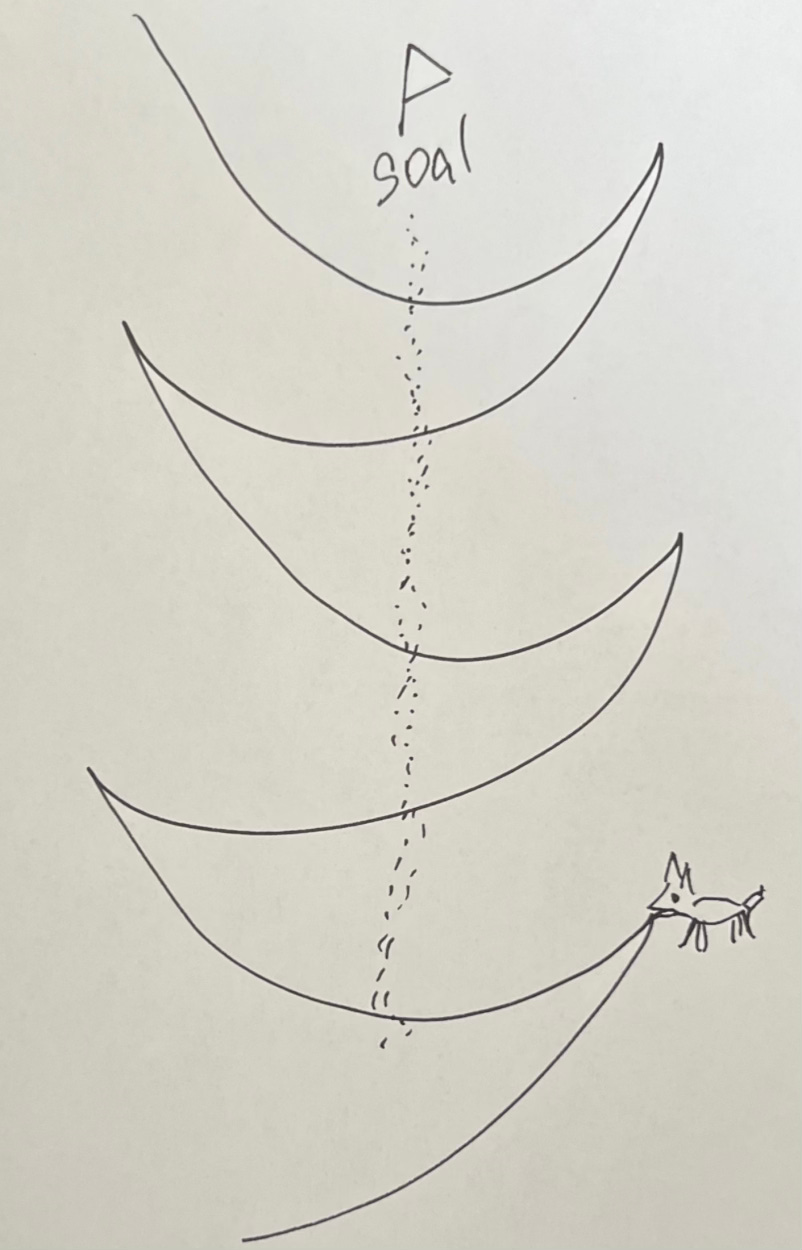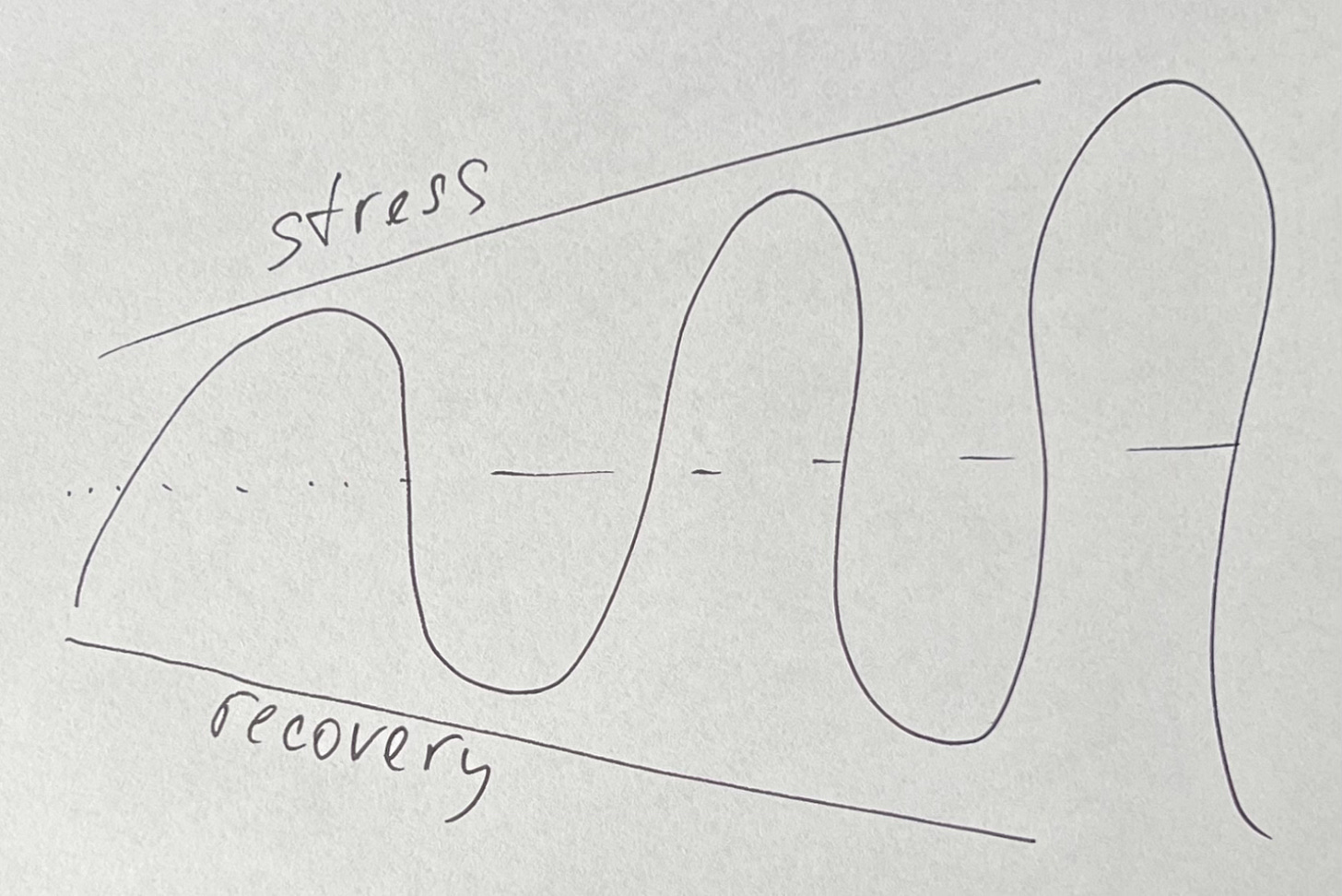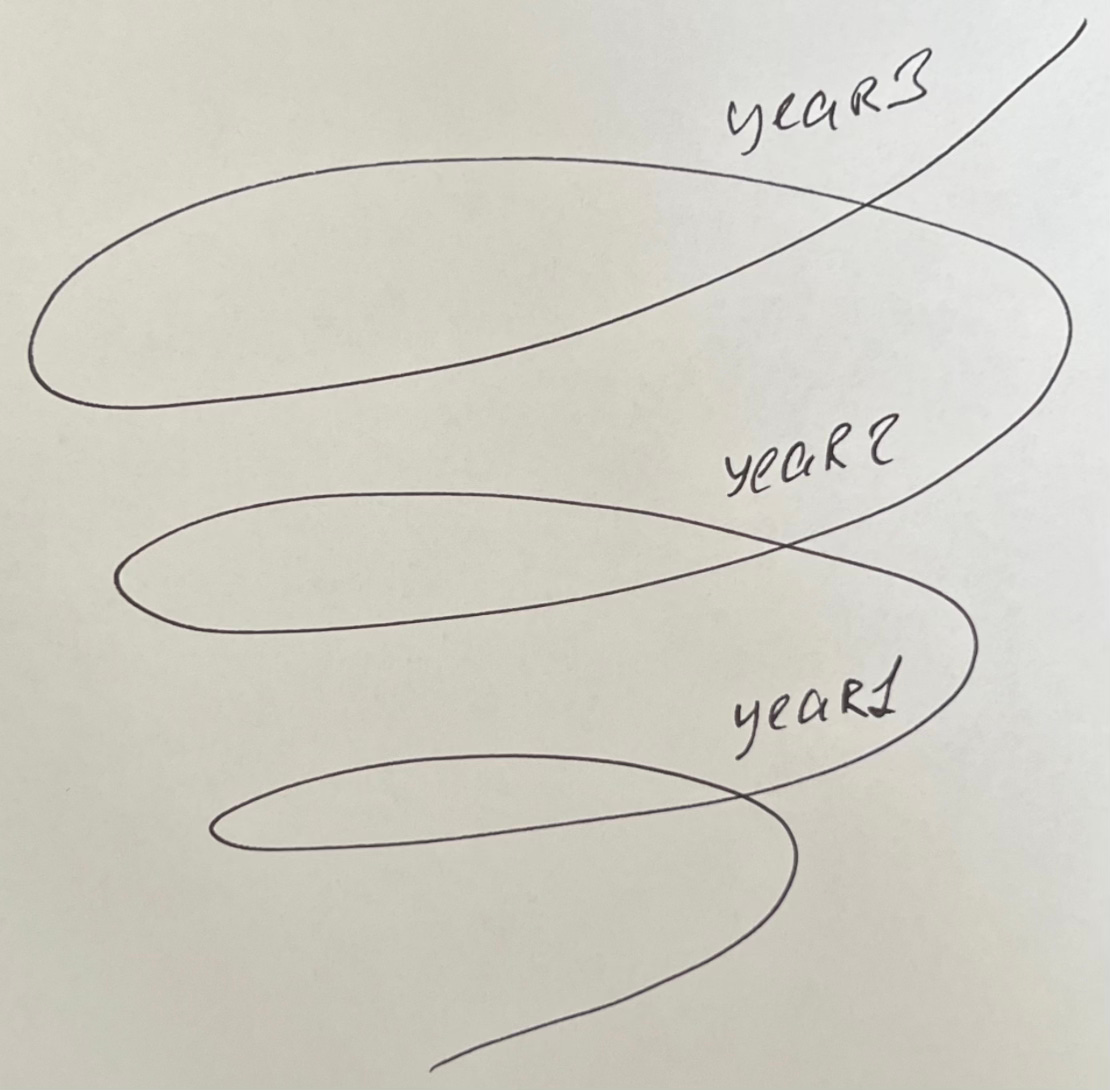Why Your Team Thinks You're a Bipolar Asshole
When you haven't changed direction in years
Why Your Team Thinks You Can't Make Up Your Mind (When Nothing Has Changed)
Here's something funny that happens when your company grows. People start telling you that "priorities keep changing" or "we're always shifting direction." Meanwhile, you're sitting there confused because... nothing has changed?
Our mission at Welltory has been the same since 2017: "Deliver measurable good to 100M people." Same vision. Same strategy. Same everything.
So why does my team think I'm constantly changing my mind?
(Spoiler: It's not because I actually am. It's because of how organizations grow and how people process information. Also, border collies might have figured this out better than us.)
First, Let's Clear Something Up
There are definitely managers and founders who genuinely don't know where they're going. They call it "iterating" or "being agile" when really they're just lost. That's a different problem entirely.
I'm talking about when YOU know exactly where you're headed, haven't changed course, but your team is convinced you're zigzagging all over the place.
This usually kicks in when you grow past the size where everyone can fit in one room. When communication goes from "hey everyone, we're doing this" to chains of meetings, documents, and interpretations. Suddenly you think you're being clear, but what people hear is completely different. Gilovich and friends studied this back in 1998 - turns out we're all terrible at knowing whether we're being understood.
Why People Lose Sight of the Big Picture
Two things I've noticed about how teams process information:
Thing #1: Short-term focus eats long-term vision for breakfast
Once you start doing quarterly planning (OKRs or whatever system you like), people's time horizon shrinks to exactly one quarter. The 5-year vision? Gone. It's like it never existed.
This isn't because people are short-sighted. It's because when you're drowning in quarterly goals, your brain literally shields you from thinking about anything further out. Researchers call this "goal shielding" - it's a feature, not a bug, of how we handle overwhelming information.
Thing #2: "Find the balance" is the most useless advice ever
Tell your team to "use good judgment" or "find the right balance between speed and quality." Watch their faces. It means absolutely nothing to them.
You could try setting competing goals ("ship fast but with zero bugs"), but then you just sound like you're asking for the impossible.
The truth is: if people can't see HOW to get somewhere, they can't move toward it. And very few people can hold both a long-term vision and see the immediate path at the same time.
The Border Collie Method of Leadership
Stick with me here - this actually makes sense.
Ever watched a border collie herd sheep? The dog can't explain where they're going. Can't have a team meeting about quarterly goals. But somehow those sheep end up exactly where they need to be.
How? The dog runs left. Then right. Then left again.
To the sheep, it probably looks like the dog is having some kind of breakdown, constantly changing its mind. But from above? The sheep are moving in a perfect line toward their destination.
That's basically what we do as leaders, except we think we're communicating clearly when actually we're not.
Why Swinging Between Extremes Is Actually Smart
Here's a pattern I've seen at Welltory (and honestly, everywhere):
When we started making real money, we got careful. Super careful. Every feature needed extensive testing. Every deployment required a three-page checklist. Code reviews became novels.
What happened? We slowed to a crawl. Zero innovation. Zero risk-taking. We'd successfully turned ourselves into a very careful, very boring company.
So we swung the other way. "Move faster! Take more risks! Stop overthinking!"
And the team thought: "Oh great, now Jane wants us to be reckless."
But here's the thing - this swinging between extremes isn't confusion. It's how organizations actually figure out what works. You can't find the sweet spot without exploring both edges.
It's Like Going to the Gym (But for Companies)
Think about getting stronger. You don't do a tiny bit of everything every day. You go hard on legs one day, then arms another day. You need the extremes to build capability
.
Same with organizations:
Weak balance: Staying safely in the middle, never really good at anything, slowly getting worse at everything.
Strong balance: Going deep into different capabilities at different times, learning what breaks at each extreme, then combining those lessons.
We needed to experience what happens when your deployment process is so careful it takes longer than building the actual feature. Only then could we appreciate the value of speed.
We needed to break production a few times by shipping too fast. Only then could we understand what "just enough" testing really means.
(My CPO still has stories about some of those experiments. They're hilarious now. Less hilarious at the time.)
The Magic of "AND" Thinking
Here's what I tell teams now: Stop accepting that you have to choose.
We don't do "fast OR careful." We do fast AND careful. We don't do "innovative OR stable." We do innovative AND stable. We don't do "data-driven OR intuitive." We figure out how to do both.
But - and this is the key part that makes you look inconsistent - you can't figure out these "AND" solutions without first going deep into each "OR."
You have to burn a few dishes before you understand cooking. You have to serve a few raw ones too. Then you can find the perfect temperature.
How to Not Look Like You're Constantly Changing Your Mind
The secret? Tell people about the swings BEFORE they happen.
"Hey team, we've gotten really good at careful deployments. Maybe too good. For the next quarter, we're going to push ourselves to move faster. It'll feel uncomfortable. Some things might break. That's intentional - we're building a new muscle."
Then later:
"Remember when we couldn't ship without breaking things? We fixed that. Remember when we were too slow? We fixed that too. Now we know both edges, so we can find our sweet spot."
When people understand that the swinging is intentional - that it's how you explore and learn - they stop thinking you're indecisive and start seeing the method.
The Uncomfortable Truth
Organizations that stop swinging die.
It's that simple. The moment you find "perfect balance" and try to maintain it forever, you're already becoming irrelevant. Someone hungrier is swinging hard and learning faster.
Living things oscillate. Markets swing. Even your mood goes up and down (hopefully). That's not instability - that's life.
Your job as a leader isn't to find the perfect middle ground and camp there. It's to make sure each swing teaches you something, and the overall pattern is heading upward.
(That upward spiral pattern is its own interesting topic, but this post is already long enough.)





The border collie metaphor - absolutely spot on! Especially when you throw Bipolar / Borderline into the mix 😆